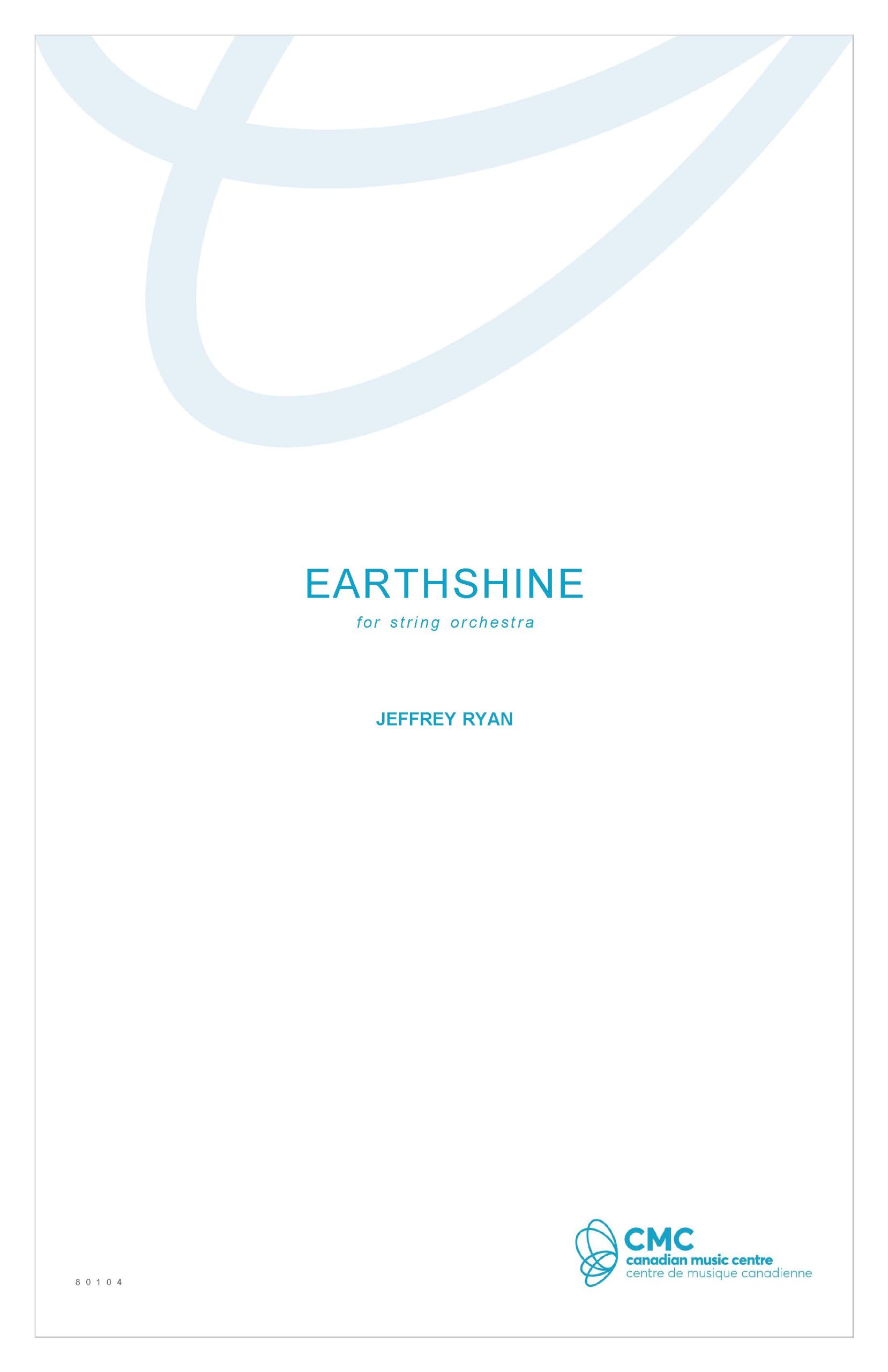Earthshine
for string orchestra
Do you see the Moon there?
There is only half to see
and yet it is round and beautiful.
These lines, translated from the Abendlied of Matthias Claudius, perfectly describe the phenomenon of earthshine. We have all seen, on a clear night, a young Moon with its crescent brightly and directly illuminated by the Sun, while the larger dark part is faintly illuminated by sunlight reflected off the Earth: earthshine. In this way, earthshine is an impact that our Earth has on something beyond the Earth, while metaphorically, it is a reflection of ourselves that brings light into darkness.
Earthshine is a single-movement work for string orchestra exploring light and shadow and the space in between. The orchestra is divided into two ensembles. The main ensemble acts as the Earth, turbulent and massive, its surface ever-changing. A satellite group of violins is the Moon, calm and eternal. All of the musical material in the piece is drawn from Max Reger’s 1899 choral setting of Abendlied, with the Earth ensemble using the music in inversion, while the Moon violins reflect back the original sonorities, slowly drawn out over the duration of the whole piece.

